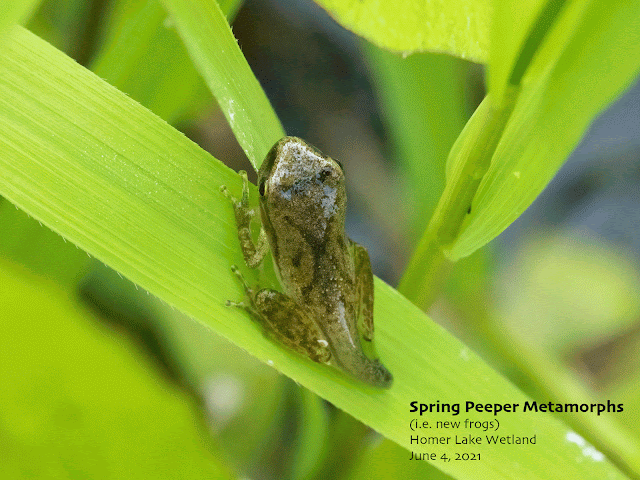Common Watersnake / Common Misunderstandings

Common Watersnake at the Homer Lake Wetland, May 26, 2021 As I make my way along the edge of the wetland pond, there is a familiar undulating motion in the emergent vegetation ahead of me. Then a pause. I shift my position for a better vantage point and I see a familiar pattern of beige and dark brown. I've disturbed a common watersnake (Nerodia sipedon) in the midst of its search for breakfast. After I've had a look, it speeds off through the vegetation, often disappearing underwater not to be seen again that day. Common Misunderstanding 1 : "Any snake you see in the water must be a water moccasin (or cottonmouth -- two different names for the same snake, Agkistrodon piscivoris)." Not true: there are numerous species of aquatic snakes (and in fact all snakes can swim when needed). In many places and certainly here in Central Illinois, the common watersnake is by far the most common snake you will see in the water in an aquatic environment. We do have wat...







